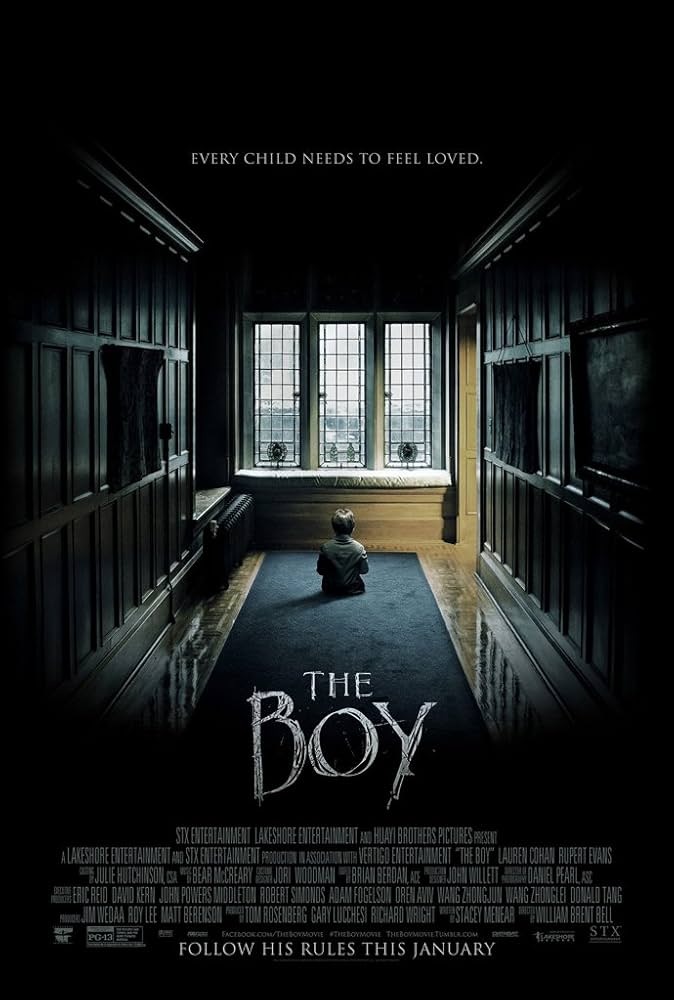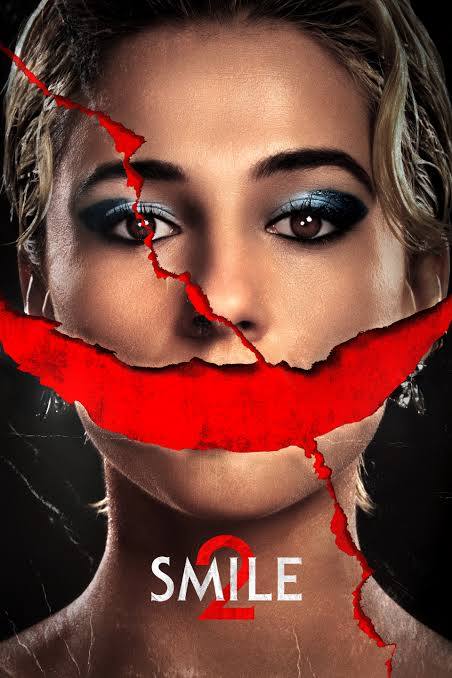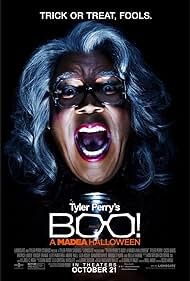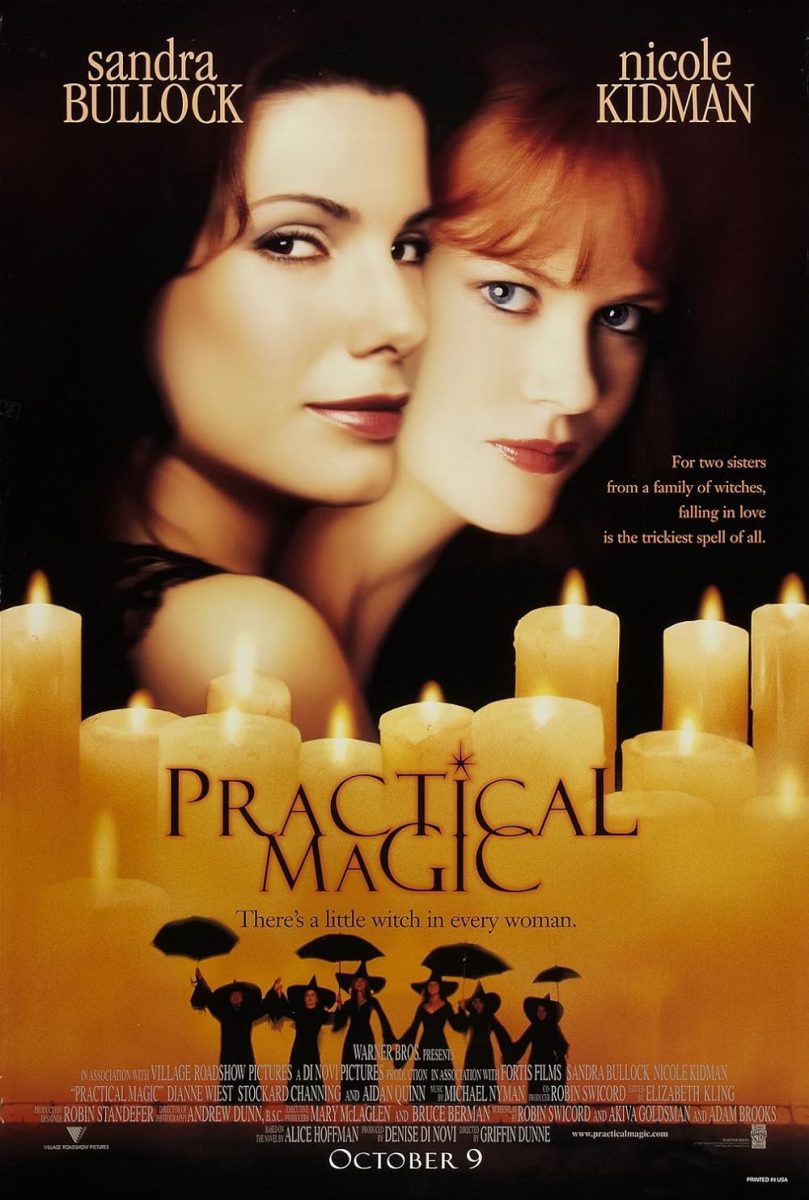
Psychological horror is a great way to get into the heads of viewers. Smile is an example of a film that finds a way to discomfort its viewers, especially in time for the Halloween season.
Plot
Smile follows therapist Dr. Rose Cotter who witnesses a traumatic incident involving a patient. Soon, Cotter starts to witness bizarre and disturbing experiences she cannot comprehend or explain. Believing this may have to do with her patient, Cotter has to go back to her troubling past in order to come out alive.
Acting
Sosie Bacon’s performance as Cotter is terrifying in the best way possible. While the idea behind something as innocent as a smile being used grotesquely is horrifying, the true horror comes from Cotter’s reaction to the situation. You can’t help but feel bad for her and empathize with what she’s going through. The film is at its best when audiences stick with her character. To see Cotter’s life fall apart with our own eyes may even be more traumatic than the jump scares in the film.
Symbolism and themes
Smile‘s theme is left for the viewer to decide. The idea behind a spirit possessing an individual, killing them while smiling can be traced to the idea that society is told to brush off their negative emotions. This can be because processing emotions are painful or it can be because of fear of rejection.
That theme follows Bacon’s character throughout the whole movie. Cotter is forced to return to her upbringing to potentially fend off the being. Smile can be seen as an allegory for the deep pain and trauma that society continues to face. This further leads to the idea of smiling through the pain. The film can also be a metaphor for a person’s reaction to their internal state in response to fear.
The movie also offers a cruel, yet cynical take on mental health awareness. The entity doesn’t physically hurt Cotter, but it antagonizes her. Other characters are ignoring her claims, but the audience sympathizes with her as we see her become frail. This can lead to the idea that we don’t take mental health as seriously as physical health.
Interestingly, the creature gets passed from person to person. It further asks the question, does society damage each other? Being abused by a parent or watching a loved one die can be an example of this. The creature can also be an example of self-doubt as it makes Rose question an event she felt guilty about in childhood.
The creature takes over one victim and smiles at another. Yet at the same time, the creature is the same entity creating havoc for the victim. This further relays the idea of masking one’s emotions.
Analyzing Rose Cotter
The most powerful parts of the movie are from its third act. This is where Parker Finn’s direction really shines. Dr. Cotter is forced to return to her childhood, and see the creature become her mother. The creature violently taunts Cotter as her mother, and there’s a sense of fear that rises. The visuals really speak in these last few scenes, as the dark background is haunted by a horrific being.
It also really plays on the message that we shouldn’t run from our fears. Despite Cotter’s work in therapy, she hasn’t quite acknowledged her own trauma. That alone makes for a bold statement within the film. What makes Bacon’s character so relatable is the idea she doesn’t dismiss her claims as supernatural. It makes her case even more relatable, while also insanely terrifying.
Verdict
Thanks to Finn’s direction, Smile is an interesting case study on being brave enough to acknowledge trauma and its consequences. It has insanely terrifying visuals and can be too heavy on jump scares. What makes this movie stand out is its portrayal of mental health, especially in a horror film.












